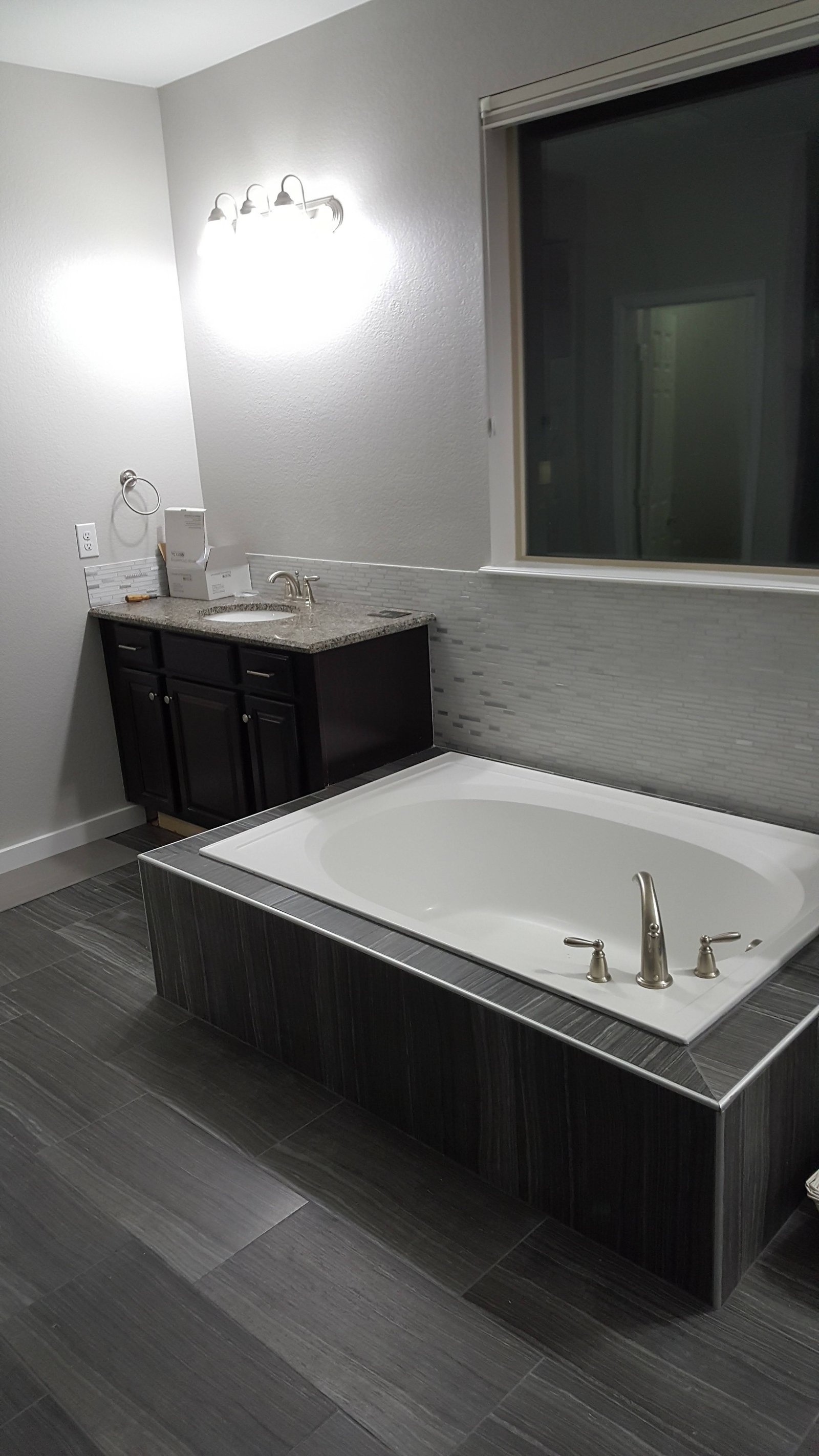Bathroom Remodeling Guide for Boulder County
A practical guide to planning, budgeting, and building a beautiful, durable bathroom. We focus on the details Boulder County inspectors and homeowners care about: waterproofing, ventilation, safety, and a clean finish.

1) Plan the Layout Around Plumbing and Ventilation
Start with the fixtures you must have (shower/tub, vanity, toilet) and align them with existing plumbing where possible to manage costs. Ensure proper exhaust ventilation to the exterior—this is a frequent inspection point and critical for longevity.
Clearances That Matter
- Toilet: 30" min width (15" from center to each side), 24" clear in front
- Shower: 30"x30" minimum clear interior, 80" min height
- Door swings: Ensure doors do not conflict with fixtures or safety egress
Pre-Design Checklist
- Measure room, note window/door locations, ceiling height, vent path
- Identify must-haves (niche, bench, heated floors, storage, lighting)
- Confirm water heater capacity and electrical panel space for add-ons
- Photograph existing conditions (plumbing, framing, ventilation)
2) Build a Waterproofing System, Not Just Tile
We recommend modern waterproofing membranes (Schluter Kerdi, Laticrete Hydro Ban, or equivalent) for showers and wet walls. These systems reduce risk and pass inspections reliably when installed to spec.
- Use a single, continuous system from pan to walls
- Flood test pans per code and manufacturer guidelines
- Seal transitions (niche corners, valve penetrations) carefully
Shower Pan Best Practices
- Maintain 1/4" per foot slope to drain; verify with a level
- Use preformed inside/outside corners at niches and benches
- Set linear drains per manufacturer tolerances and plan tile layout early
3) Material Choices That Last
Porcelain tile (through-body or glazed) outperforms most ceramics for durability. For countertops, quartz is a low-maintenance option with wide color availability. Use solid-surface or porcelain thresholds and shelves for longevity.
- Floors: porcelain tile with anti-fracture membrane where needed
- Shower floors: smaller mosaics for slip resistance and slope compliance
- Cabinetry: moisture-resistant plywood boxes and sealed edges
Heated Floors
- Plan dedicated circuit and thermostat location before rough-in
- Embed mats in self-leveling compound for flatter tile installation
- Use a floor sensor and test resistance before and after install
4) Electrical & Lighting for Comfort and Safety
Update GFCI/AFCI as required, add dedicated circuits for heated floors or bidet seats when planned, and use layered lighting (ceiling, vanity, and shower).
- Vanity: 2700–3000K, 90+ CRI, cross-light faces (sconces or backlit mirrors)
- Shower: wet-rated recessed or surface fixtures, sealed trims
- Night lighting: low-level toe-kick with motion sensor for safety
5) Timeline & Inspections
Expect typical phases: demo, rough plumbing/electrical, inspection, waterproofing, tile, finish carpentry, fixtures, final. We schedule and coordinate inspections with the city to keep momentum.
Sample Week-by-Week Flow
- Week 1: Demo, framing tweaks, rough-in plumbing/electrical
- Week 2: Rough inspection, drywall/backer, waterproofing
- Week 3: Tile install and grout, cabinet set
- Week 4: Tops, plumbing/electrical trim, glass measure
- Week 5: Glass install, punch, final inspection
Accessibility & Aging-in-Place
- Reinforce walls for future grab bars (3/4" plywood or blocking)
- Consider curbless showers and wider doorways where feasible
- Choose lever handles and anti-scald valves for ease and safety
Allowances & Budget Tips
- Group selections early (tile, fixtures, vanity, glass) to lock lead times
- Reserve 10–15% contingency for framing/electrical surprises
- Value engineer with layout reuse and smart material upgrades
Care & Maintenance
- Seal grout if not epoxy; follow manufacturer schedule
- Use pH-neutral cleaners; avoid abrasives on glass and finishes
- Run exhaust fan during showers and 20 minutes after
Related Reading
- Permits & Process — inspections, timelines, and how we coordinate
- Material Selection — surfaces and fixtures that last
- Budgeting — frameworks to plan allowances
